Persian Rugs
Persian Rugs
Persian Rugs: The art of carpet weaving existed in Persia in ancient times, according to evidence such as the 2500-year-old Pazyryk carpet, dating back to 500 B.C., during the Achaemenid period. The first documented evidence on the existence of Persian carpets comes from Chinese texts dating back to the Sassanid period (224–641 AD). This art underwent many changes in various eras of the Persian history to an extent that it passed an upward trend before the Islamic era until the Mongol invasion of Persia. After the invasion, the art began to grow again during the Timurid and Ilkhanid dynasties.
Wool is the most common material for carpets but cotton is frequently used for the foundation of city and workshop carpets. There are a wide variety in types of wool used for weaving. Those of which include Kork wool, Manchester wool, and in some cases even camel hair wool. Silk carpets date back to at least the sixteenth century in Sabzevar and the seventeenth century in Kashan and Yazd.
Design can be described in terms of the manner in which it organizes the field of the rug. One basic design may serve the entire field, or the surface may be covered by a pattern of repeating figures. In areas using long-established local designs, the weaver often works from memory, with the patterns passed on within the family. This is usually sufficient for simple rectilinear design. For the more elaborate curvilinear designs, the patterns are carefully drawn to scale in the proper colors on graph paper. Each square thus becomes a knot, which allows for an accurate rendition of even the most complex design. Designs have changed little through centuries of weaving.
Showing 1–24 of 446 resultsSorted by latest
-
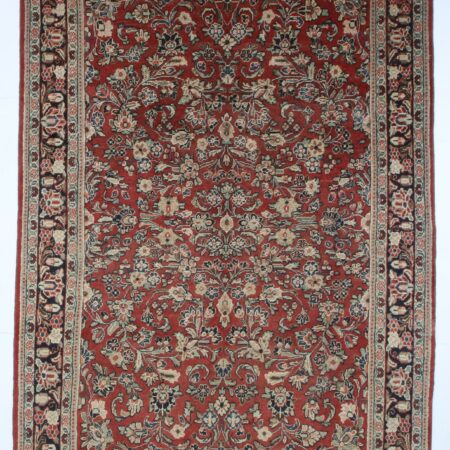
Persian Mahal Rug 7’00” x 10’05”
$2,900.00 Add to cart -
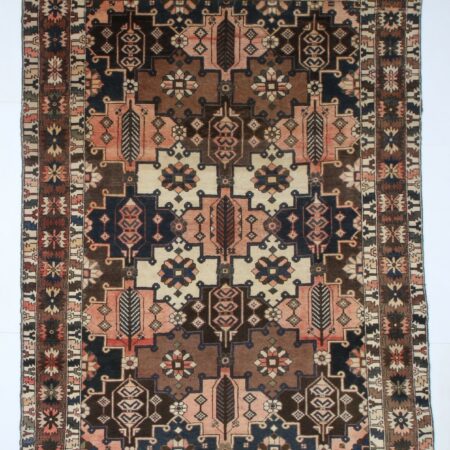
Baktiari Rug 6’11” x 9’08”
$2,500.00 Add to cart -
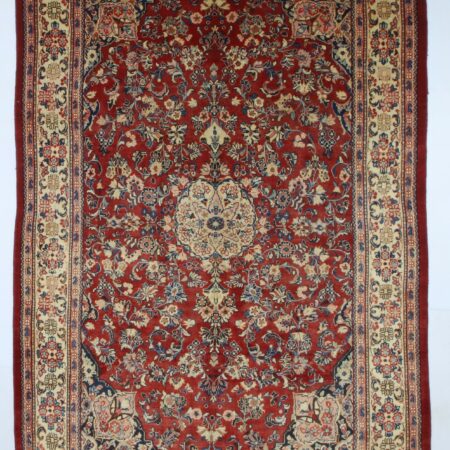
Mahal Rug 6’11” x 10’07”
$3,500.00 Add to cart -
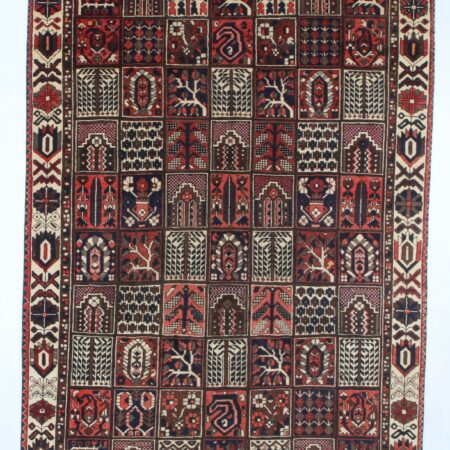
Baktiari Rug 6’07” x 10’00”
$2,900.00 Add to cart -
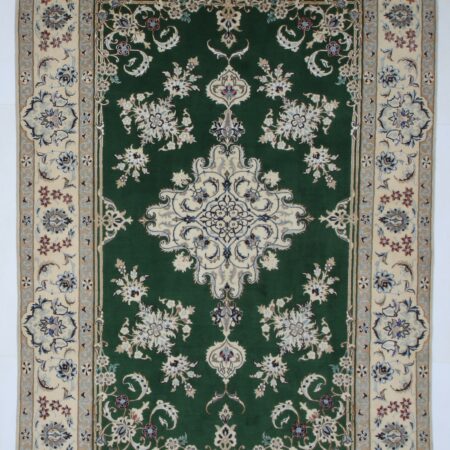
Nain Rug 6’05” x 9’08”
$3,500.00 Add to cart -
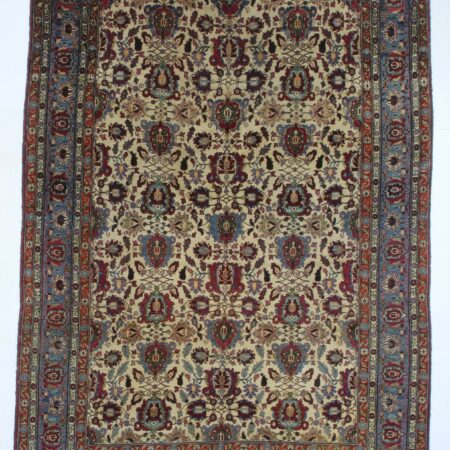
Esfahan Rug 6’09” x 10’00”
$6,500.00 Add to cart -
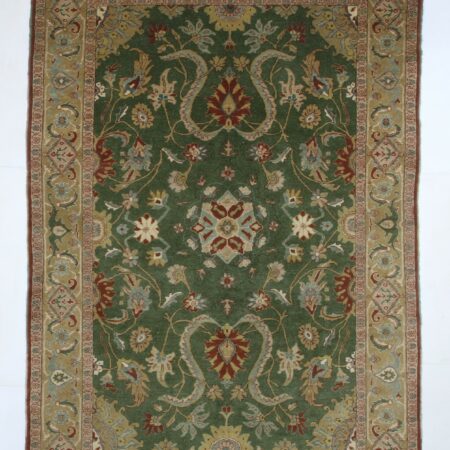
kazak Rug 6’07” x 9’09”
$3,900.00 Add to cart -
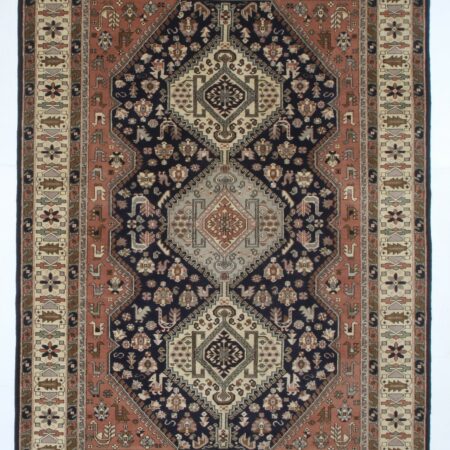
Kazak Rug 6’10” x 9’7”
$3,900.00 Add to cart -
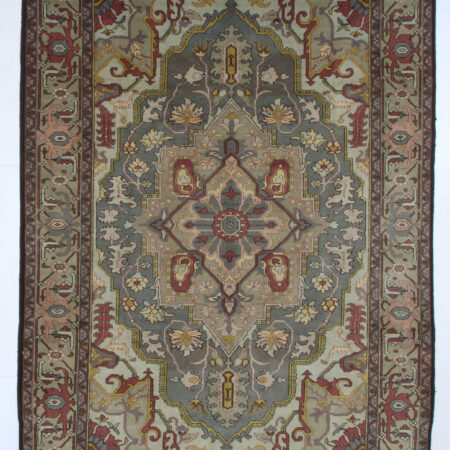
Kazak Rug 7’02” x 10’05”
$3,500.00 Add to cart -
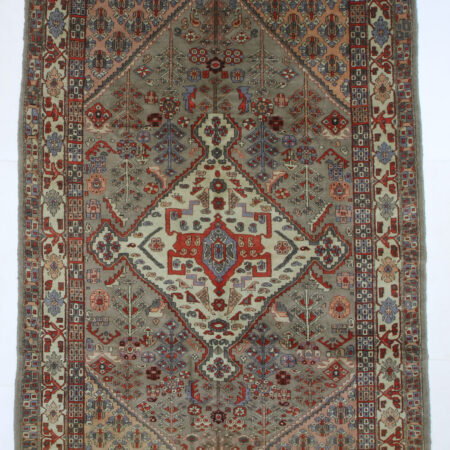
Kazak Rug 6’08” x 10’00”
$3,900.00 Add to cart -
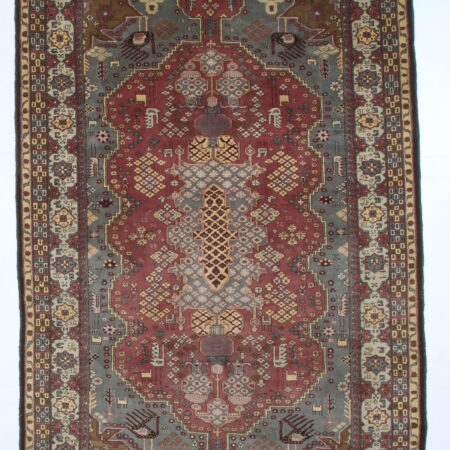
Kazak Rug 6’11” x 10’08”
$3,900.00 Add to cart -
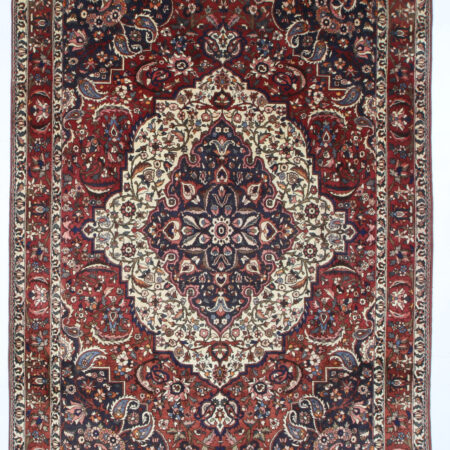
Baktiari Rug 6’07” x 10’05”
$3,500.00 Add to cart -
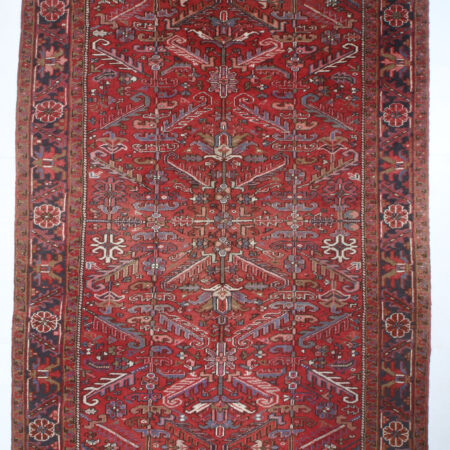
Heriz Rug 8’00” x 11’00”
$2,900.00 Add to cart -
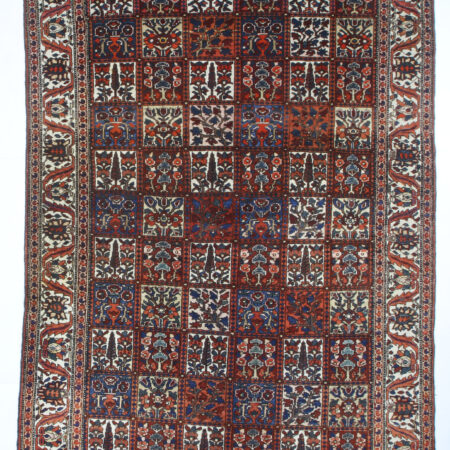
Baktiari Rug 7’00” x 10’01”
$2,900.00 Add to cart -
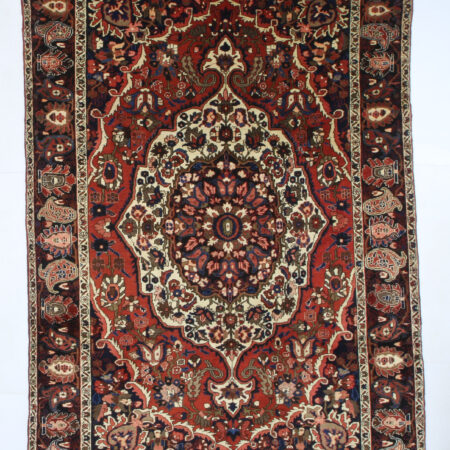
Baktiari Rug 6’08” x 10’04”
$2,900.00 Add to cart -
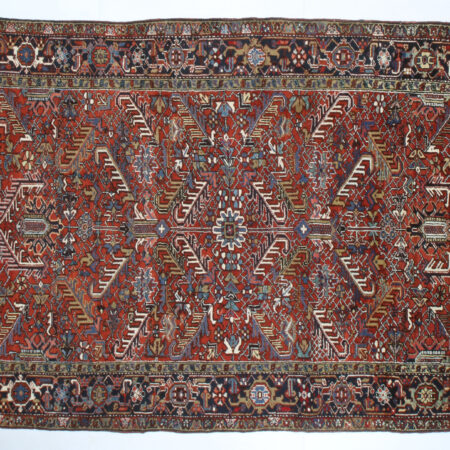
Heriz Rug 7’08” x 11’00”
$5,500.00 Add to cart -
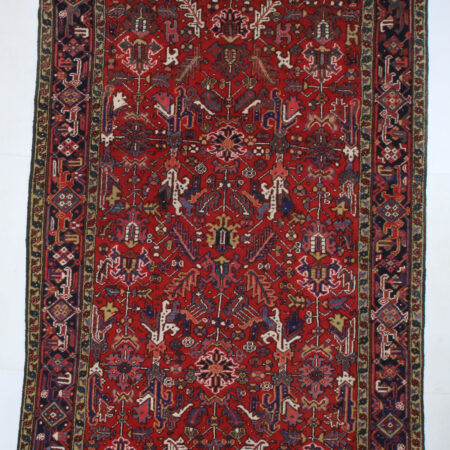
Heriz Rug 10’09” x 7’01”
$3,900.00 Add to cart -
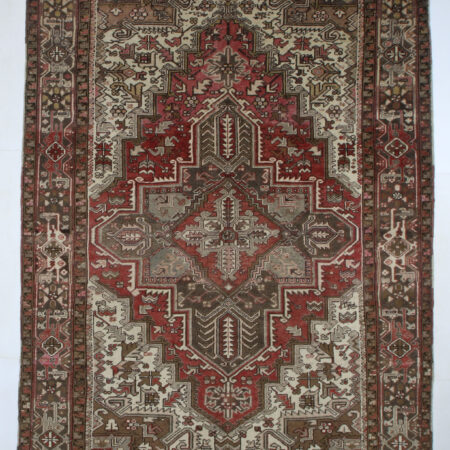
Heriz Rug 7’09” x 11’00”
$4,500.00 Add to cart -
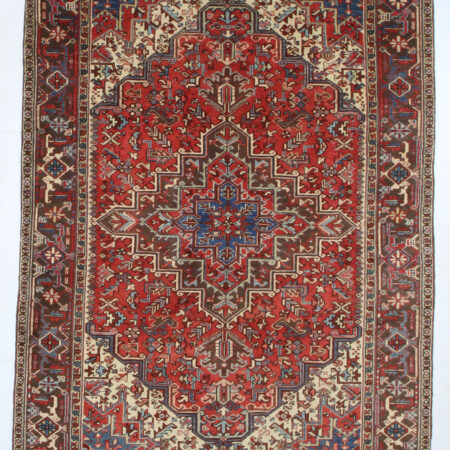
Heriz Rug 6’08” x 9’08”
$3,900.00 Add to cart -
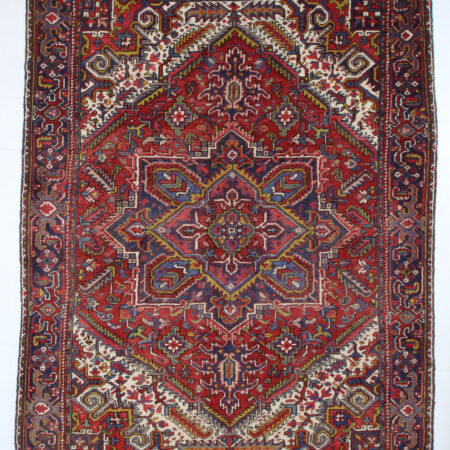
Heriz Rug 7’09” x 10’06”
$3,900.00 Add to cart -
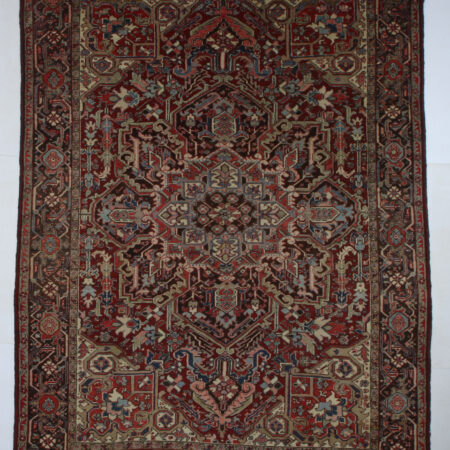
Heriz Rug 8’00” x 10’10”
$3,800.00 Add to cart -
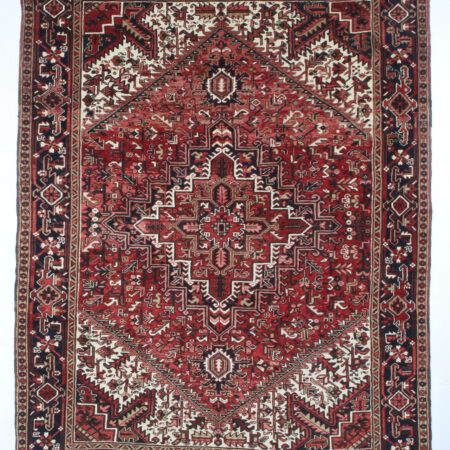
Heriz Rug 7’02” x 10’07”
$3,500.00 Add to cart -
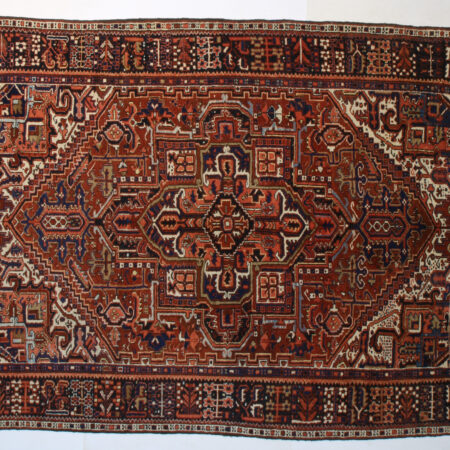
HERIZ RUG 8’00” X 10’00”
$4,500.00 Add to cart -
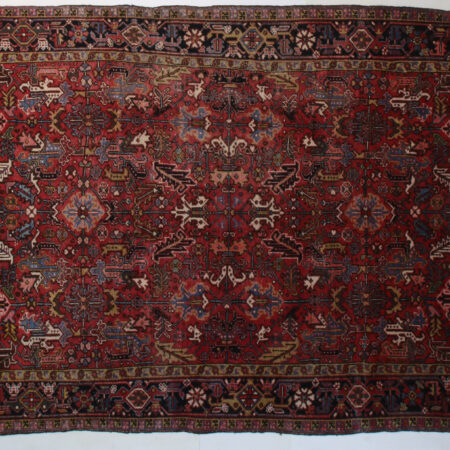
HERIZ RUG 7’10” x 11’03”
$3,500.00 Add to cart
